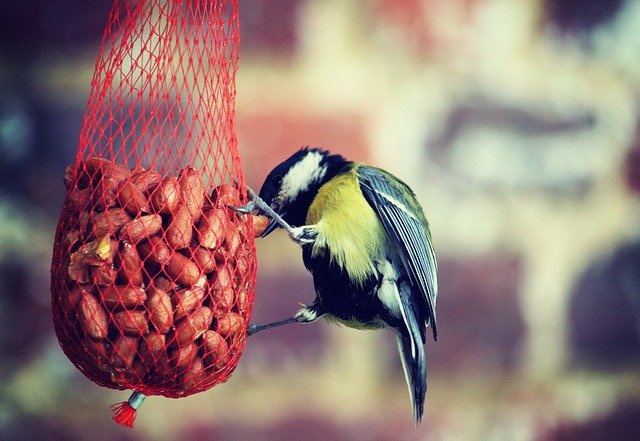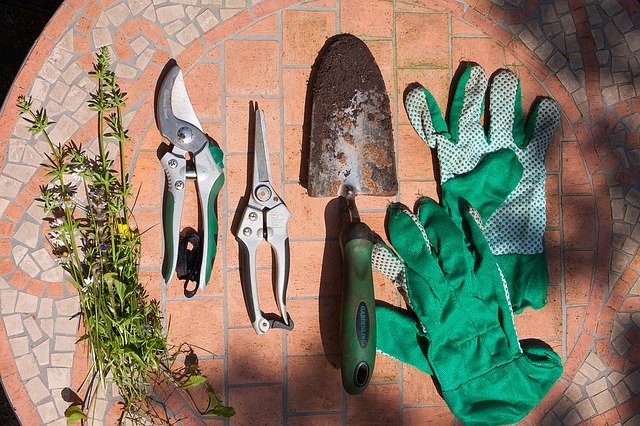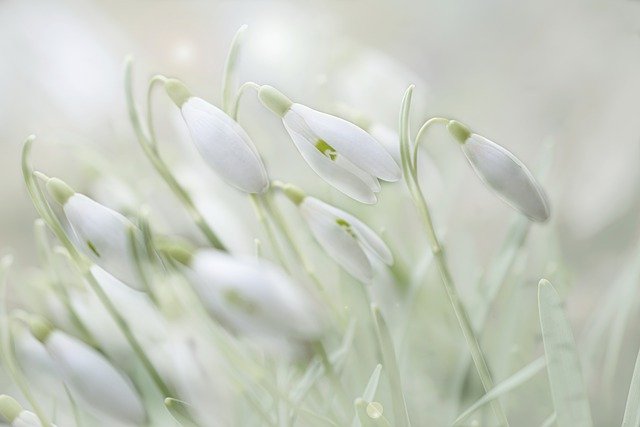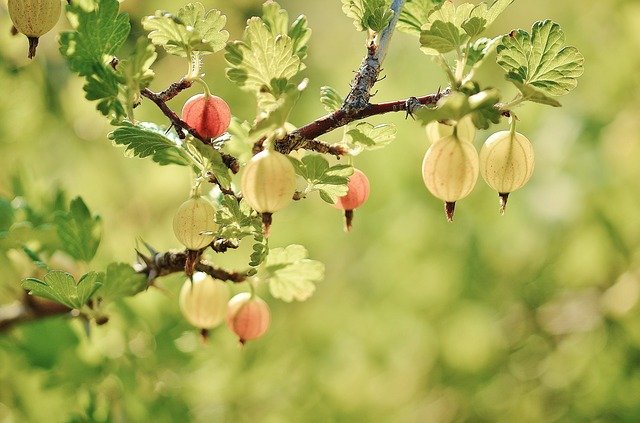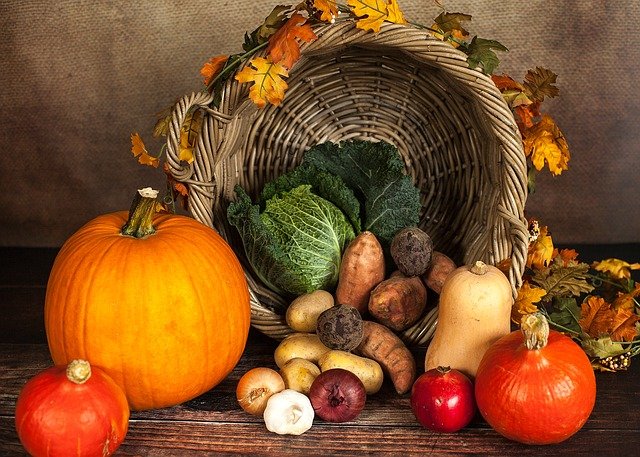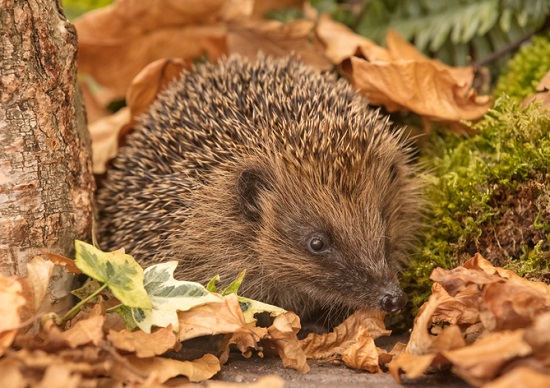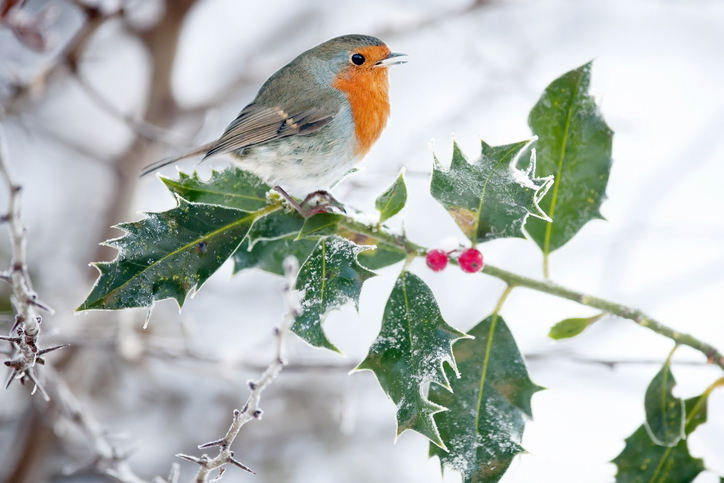February Gardening Jobs
Reading time: 5 minutes
Gardening jobs for February
February is a transitional month in the garden, as winter slowly gives way to early signs of spring. There’s still plenty to do to prepare for the growing season ahead, ensuring your garden thrives. Here are the key tasks for February:
Prune and cut back
Task: Prune and cut back dogwoods, deciduous shrubs, fruit trees, clematis, and rose bushes.
Why: Pruning encourages healthy growth, improves air circulation, and maximises flowering and fruiting.
How: Cut dogwoods back to about 15cm from the base. Remove dead, damaged, or diseased branches from other shrubs and trees. For clematis, follow specific pruning guidelines based on their group. Use sharp, clean tools to make precise cuts.
Shake off snow
Task: Gently shake snow off shrubs.
Why: Prevents damage to branches and plants from the weight of the snow.
How: Use a broom or your hands to carefully brush snow off branches, being gentle to avoid breaking them.
Weeding
Task: Remove weeds from borders.
Why: Weeding keeps borders neat, reduces competition for nutrients, and prevents the spread of weeds.
How: Use a hand fork or trowel to dig out weeds, ensuring you remove the roots to prevent regrowth.
Plant chitted potatoes
Task: Plant seed potatoes that were chitted in January.
Why: Chitted potatoes establish more quickly and produce a better yield.
How: Plant in trenches or individual holes, with the shoots facing upwards. Cover with soil and space them about 30cm apart in rows 60cm apart.
Plant clematis and honeysuckle
Task: Plant clematis and honeysuckle.
Why: Early planting allows these climbers to establish well and bring vibrant colours to your garden.
How: Choose a well-drained spot with good sunlight. Plant clematis deep, with the top of the root ball about 8cm below the soil surface. Honeysuckle can be planted at the same depth as it was in the pot.
Sow early vegetables
Task: Sow early vegetables like lettuce, broad beans, summer cabbage, and garlic.
Why: Starting these vegetables early gives them a head start and extends the growing season.
How: Sow seeds in a cold frame, greenhouse, or small pots on a windowsill. Keep the soil moist and provide adequate light. Garlic cloves can be planted directly in the garden, spaced about 10-15cm apart.
Fertilise borders
Task: Apply fertiliser to garden borders.
Why: Fertilising enriches the soil with essential nutrients, promoting healthy plant growth.
How: Use a balanced granular fertiliser and apply it evenly around the base of plants. Follow the instructions on the fertiliser packaging for the correct application rate.
Top up bird feeders
Task: Keep bird feeders topped up.
Why: Birds need extra food during the winter when natural sources are limited.
How: Provide a variety of seeds, nuts, and fat balls. Clean feeders regularly to prevent disease and place them in safe locations away from predators.
Additional February gardening tasks

Divide snowdrops
Task: Divide and replant snowdrops once they have finished flowering.
Why: Dividing snowdrops helps them spread and ensures a better display next year.
How: Carefully lift clumps with a spade and separate them. Replant immediately at the same depth, spacing them out to allow room for growth.
Check overwintered dahlia tubers
Task: Inspect stored dahlia tubers.
Why: Ensuring tubers are healthy prevents losses and prepares them for planting.
How: Check for any signs of rot or disease. Discard affected tubers and ensure the remaining ones are stored in a cool, dry place.
Clean water butts and gutters
Task: Clean out water butts and gutters.
Why: Removing debris ensures good water flow and prevents blockages.
How: Use a brush to clear out leaves and other debris. Ensure gutters are securely fixed and water butts are positioned correctly to collect rainwater.
By following these tasks, you’ll keep your garden in great shape through February and prepare for the vibrant spring season. Happy gardening!





